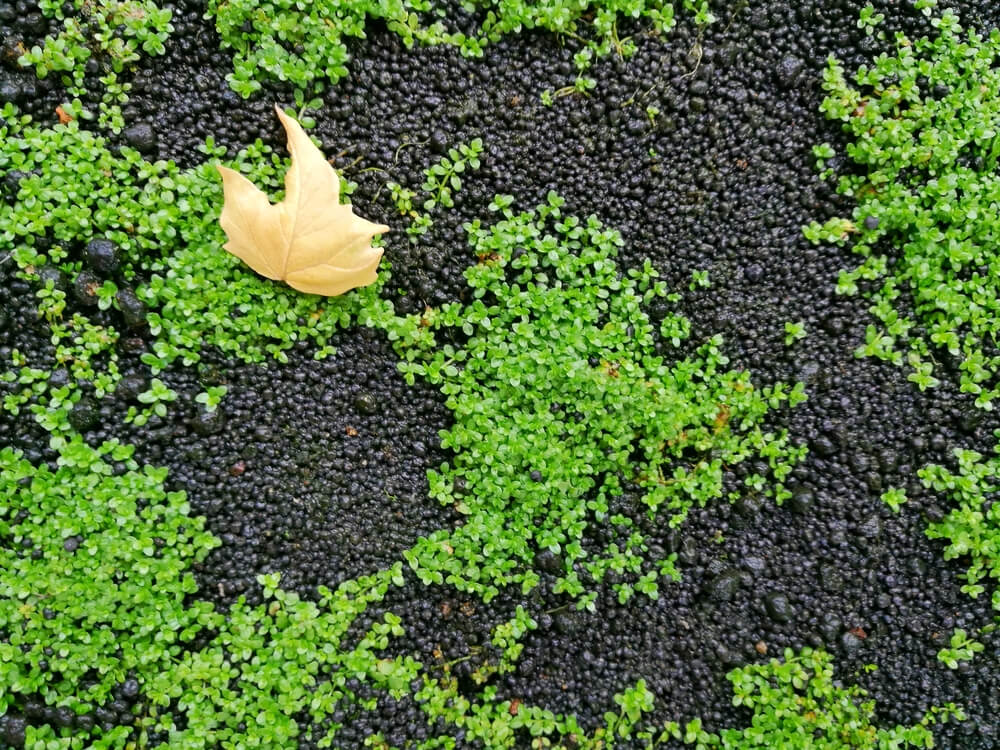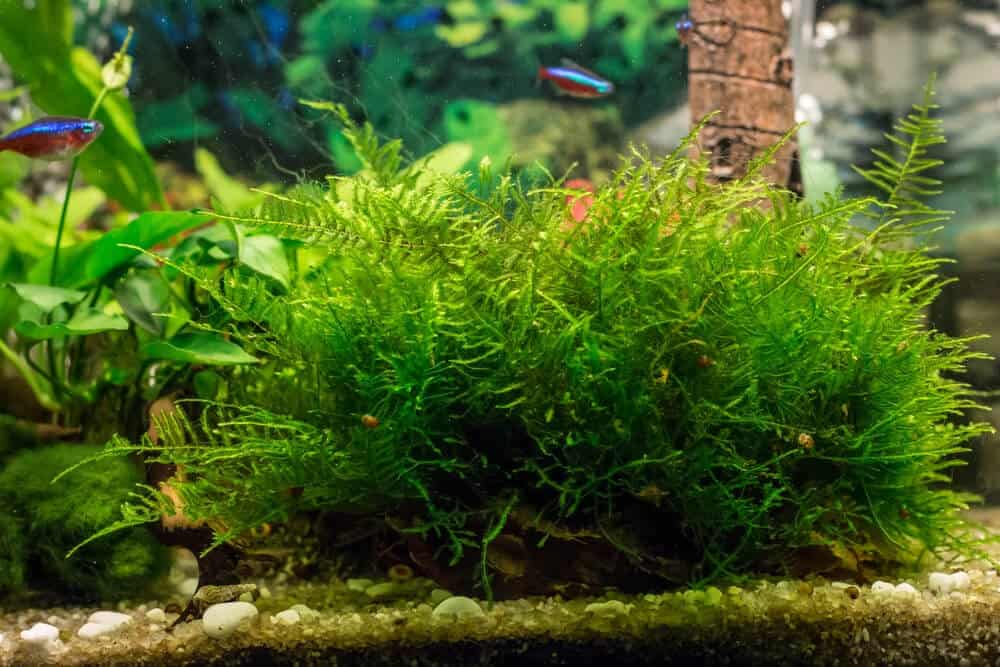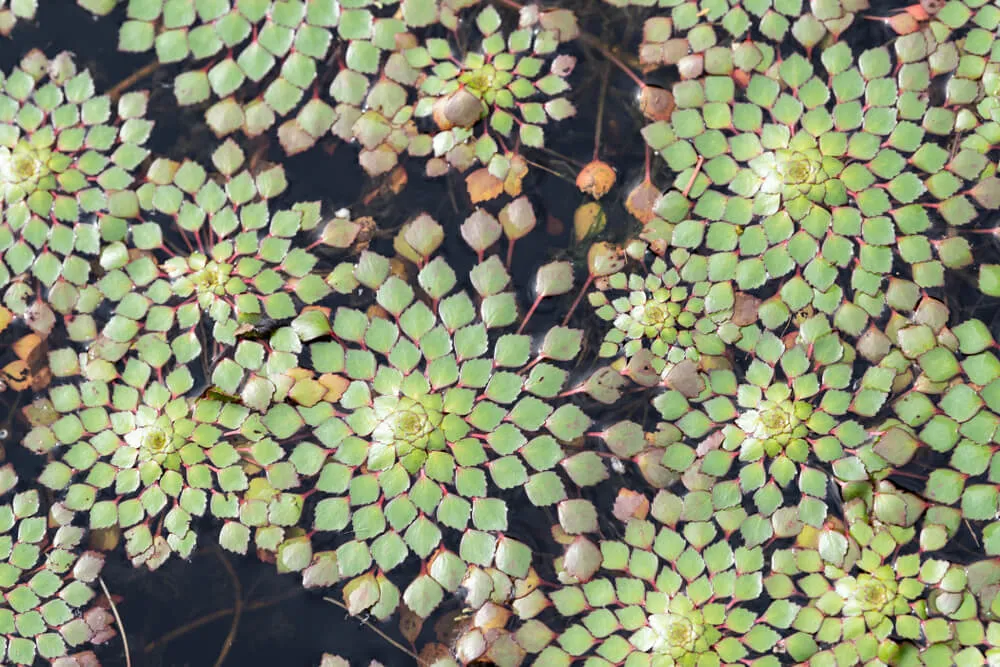Imagine stumbling upon a hidden gem, a plant species so unique and captivating that it instantly captures your attention. Allow us to introduce you to Elatine Hydropiper, a botanical wonder that goes by many names but is always a sight to behold. With its delicate structure and vibrant shades of green, Elatine hydropiper has the power to enchant anyone fortunate enough to experience its presence. Let’s explore the beauty and intriguing qualities of this remarkable plant that will undoubtedly leave you awe-inspired.
Overview
Description
Elatine hydropiper, commonly known as Waterwort or Marshwort, is a small aquatic herbaceous plant that belongs to the family Elatinaceae. It is a delicate plant with thin stems and small leaves that grow in clusters. The species has a unique growth habit, with its stems often lying flat across the surface of the water.
Distribution and Habitat
Elatine hydropiper is native to Europe, Northern Africa, and Western Asia. It is primarily found in freshwater habitats, such as marshes, slow-moving streams, and ponds. The plant thrives in shallow water with muddy or sandy substrates. It is well adapted to the aquatic environment and can tolerate periods of flooding and drought.
Taxonomy
The species Elatine hydropiper belongs to the genus Elatine, which comprises several other aquatic plants. The genus Elatine falls under the family Elatinaceae, which consists of small annual or perennial herbs. Elatinaceae is a small family of flowering plants, with only a few genera and around 35 recognized species.
Physical Characteristics
Size
Elatine hydropiper is a small plant that typically grows to a height of 5-20 centimeters. The stems are thin and delicate, ranging in length from 5-30 centimeters. The plant forms dense mats on the water’s surface, providing important shelter and habitat for various aquatic organisms.
Leaves
The leaves of Elatine hydropiper are small and narrow, measuring around 1-2 centimeters long and 1-3 millimeters wide. They are arranged oppositely along the stems and have a smooth, lanceolate shape. The leaves are bright green in color and have a glossy appearance.
Flowers
The flowers of Elatine hydropiper are tiny, measuring only about 2 millimeters in diameter. They are white, pale pink, or purple in color and have five petals. The plant produces solitary flowers that are borne on short stalks emerging from the leaf axils.
Fruits
After successful pollination, Elatine hydropiper develops small and round fruits known as capsules. These capsules contain numerous tiny seeds that are dispersed through water or by animals. The seeds are an essential means of reproduction and further spread of the species.
Growing Conditions
Light
Elatine hydropiper thrives in full sunlight or partial shade. Adequate light is crucial for the plant’s photosynthetic activity, allowing it to produce food and grow efficiently. In shaded areas, the growth rate may be slower, and the plant may stretch to reach more sunlight.
Temperature
The ideal temperature range for Elatine hydropiper is between 18-24 degrees Celsius. It prefers mild to warm conditions to flourish. Extreme temperatures, especially freezing ones, can be detrimental to the plant’s survival.
Water
As an aquatic plant, Elatine hydropiper requires a consistently moist environment. It can grow under both submerged and partially submerged conditions. However, extended periods of flooding or drought can negatively affect its growth and overall health. Adequate water quality is also important, as the plant is sensitive to pollutants.
Soil
Elatine hydropiper is adaptable to various types of soil, including sandy and muddy substrates. It does well in moist, fertile soils with good organic content. The plant can also grow in aquatic habitats with clay or loamy soils.
Cultivation Techniques
Propagation
Elatine hydropiper can be propagated through both seeds and vegetative means. Seeds can be sown in a suitable aquatic environment, ensuring they are submerged or kept moist until germination. Vegetative propagation can be done by taking stem cuttings and planting them in a suitable substrate.
Planting
To establish Elatine hydropiper in an aquarium or outdoor pond, it is essential to recreate its ideal growing conditions. This involves providing the correct lighting, temperature, water quality, and suitable substrate. The plant can be gently placed or anchored into the substrate to ensure stability.
Maintenance
Regular maintenance is necessary to ensure the successful growth of Elatine hydropiper. This includes monitoring water quality parameters such as pH, temperature, and nutrient levels. The removal of any debris or dead plant material is also important to prevent water pollution and maintain the health of the plant.
Pests and Diseases
Elatine hydropiper is relatively resistant to pests and diseases. However, it may occasionally face challenges such as algae growth, which can compete for nutrients and hamper its growth. Proper monitoring and maintenance can help prevent or manage such issues effectively.
Uses
Aquarium Plant
Elatine hydropiper is a popular choice for aquarium enthusiasts due to its delicate beauty and compact size. It is often used as a foreground or mid-ground plant in aquascaping, providing an attractive contrast to other aquatic elements. Its ability to create lush mats of green on the water’s surface makes it a desirable addition to the aquarium.
Medicinal Properties
In traditional medicine, Elatine hydropiper has been used for its diuretic and astringent properties. It has been employed for conditions related to the urinary system, such as urinary tract infections and kidney stones. However, it is important to note that further scientific research is needed to validate these traditional claims and explore its potential medical applications.
Conservation Status
Threats
Elatine hydropiper faces several threats to its survival and conservation. Habitat loss and degradation due to human activities such as drainage, water pollution, and invasive species introductions pose significant challenges for the species. Climate change and alterations in hydrological regimes also impact the plant’s habitat.
Conservation Efforts
Efforts are being made to conserve Elatine hydropiper and its habitat. These include the establishment of protected areas, restoration of degraded habitats, and the implementation of measures to reduce pollution and invasive species impacts. Public awareness and education campaigns are also crucial for promoting the importance of preserving this species and its aquatic ecosystems.
Fun Facts
Edible Plant
Although Elatine hydropiper is not widely consumed, some sources suggest that the plant is edible and can be used in salads or cooked dishes. However, caution must be exercised when foraging wild plants, as proper identification and preparation methods are essential to ensure safety.
Invasive Species
Elatine hydropiper can sometimes become an invasive species in non-native habitats. Its ability to grow and spread rapidly in suitable conditions can lead to the displacement of native aquatic plants and alter ecological dynamics. Proper management strategies are needed to prevent the negative impacts of invasive populations.
Interesting Varieties
Elatine triandra
Elatine triandra is a closely related species to Elatine hydropiper. It is known for its distinctive trimerous flowers, which have three petals instead of the usual five. This species shares similar growth habits and habitat preferences with Elatine hydropiper.
Elatine alsinastrum
Elatine alsinastrum, also known as Ribbonleaf Waterwort, is another species within the genus Elatine. It is characterized by its elongated, ribbon-like leaves. Although less commonly encountered than Elatine hydropiper, Elatine alsinastrum adds unique diversity to the genus.
Similar Species
Elatine macropoda
Elatine macropoda, commonly referred to as Bigseed Waterwort, is a species closely related to Elatine hydropiper. It is similar in appearance and shares the same aquatic habitat preferences. However, Elatine macropoda can be distinguished by its slightly larger seeds and flowers.
Elatine rubella
Elatine rubella, or Redstem Waterwort, is another species within the Elatine genus. Like Elatine hydropiper, it is a small aquatic plant with delicate stems and leaves. However, Elatine rubella is characterized by its reddish stems, providing a unique visual contrast.
Conclusion
Elatine hydropiper, with its delicate appearance and adaptability to aquatic environments, holds an important place in both natural ecosystems and the world of aquarium enthusiasts. As efforts continue to conserve its habitats and manage potential invasive populations, the unique beauty and potential medicinal properties of this waterwort serve as a reminder of the diverse and valuable plant species found in our aquatic environments.







